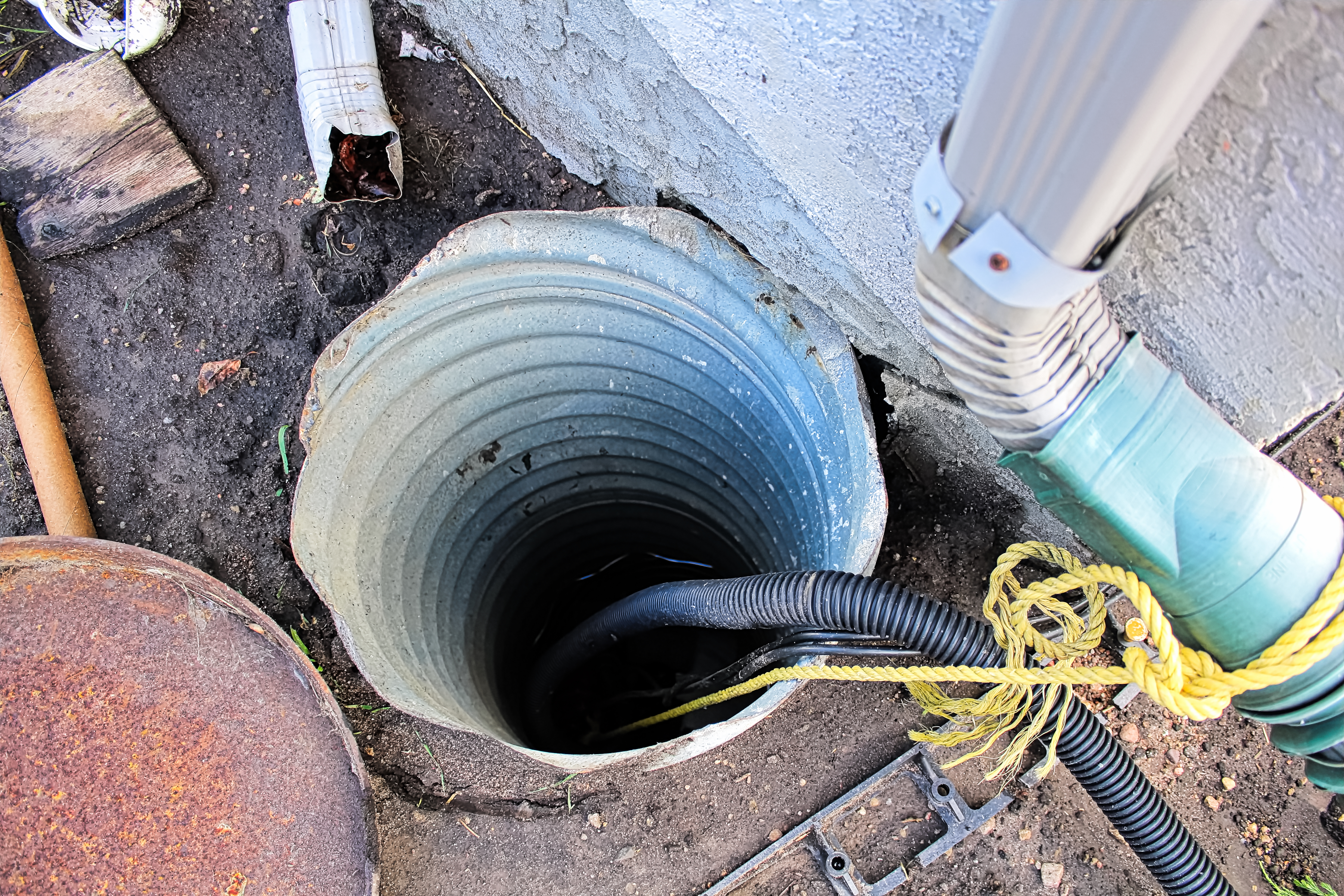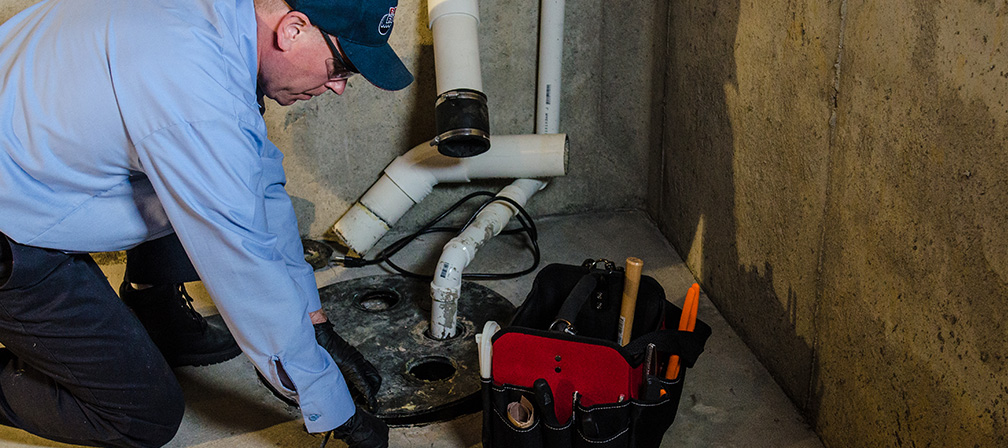Best Steps for Servicing Your Sump Pump
Best Steps for Servicing Your Sump Pump
Blog Article
What're your ideas concerning Keep Your Sump Pump Clean, It'll Keep You Dry?

Sump pumps are important components in several homes, especially in areas susceptible to flooding or extreme wetness. They help stop water damage by efficiently removing excess water from cellars or crawl spaces. Nevertheless, like any other appliance, sump pumps require routine upkeep to ensure they function successfully when required one of the most. Cleaning your sump pump is an essential part of its upkeep, and comprehending just how to do it properly can conserve you from expensive repairs and potential calamities.
Introduction
Maintaining a tidy sump pump is crucial for its correct performance and longevity. Neglecting this important task can lead to blockages, breakdowns, and eventually, water damages to your property. As a result, discovering how to clean a sump pump is crucial for home owners that rely upon these tools to keep their basements dry and protected.
Indicators of a Dirty Sump Pump
Understanding when your sump pump requires cleansing is important for protecting against potential breakdowns. Some typical indications that show an unclean sump pump include strange sounds throughout procedure, decreased water circulation, and noticeable particles in the pit. If you discover any one of these symptoms, it's necessary to cleanse your sump pump quickly to prevent any further concerns.
Planning for Cleaning
Before you begin cleansing your sump pump, it's vital to take some safety and security preventative measures. Start by shutting off the power to the pump to stay clear of any kind of electric crashes. Furthermore, put on ideal safety equipment, such as handwear covers and goggles, to shield yourself from dirt, particles, and possible pathogens.
Comprehending the Sump Pump
Before diving into the cleaning procedure, it's necessary to have a fundamental understanding of how a sump pump works. Generally set up in a pit or basin below the cellar flooring, a sump pump consists of a number of crucial parts, including a pump, a float switch, and a discharge pipe. When water collects in the pit, the float button turns on the pump, which after that pumps the water out through the discharge pipeline, far from the structure's foundation.
Detailed Guide to Cleansing a Sump Pump
Shutting Off the Power
Begin by separating the power supply to the sump pump to stop any kind of mishaps while cleansing.
Looking For Appropriate Performance
Before reinstalling the pump, perform a fast test to ensure that the float button triggers the pump correctly. Put some water right into the sump pit and observe the pump's procedure. If whatever is functioning properly, you can reconstruct the pump and reconnect the power supply.
Eliminating Particles and Dust
Use a container or an inside story to eliminate any kind of visible particles, dust, or debris from the sump pit. Dispose of the debris effectively to prevent it from clogging the pump or the discharge pipeline.
Cleaning the Pump and Float Change
As soon as the pit is clear of particles, meticulously get rid of the pump from the pit. Inspect the pump and the float button for any indications of damage or wear. Use a soft brush or fabric to clean up the surfaces and eliminate any kind of gathered crud.
Purging the System
After cleaning up the pump and float button, purge the sump pit with clean water to get rid of any type of remaining dirt or sediment. This will help make sure that the pump runs smoothly and effectively.
Upkeep Tips to Keep Your Sump Pump Clean
In addition to periodic cleaning, there are a number of maintenance ideas you can comply with to maintain your sump pump in optimal problem:
Verdict
Cleaning your sump pump is a crucial aspect of its maintenance and ensures that it operates successfully when you require it one of the most. By adhering to the steps detailed in this guide and integrating regular maintenance into your regimen, you can expand the life expectancy of your sump pump and protect your home from water damages.
6 STEPS ON HOW TO CLEAN A SUMP PUMP PROPERLY
UNDERSTANDING SUMP PUMPS
Your sump pump plays a crucial role in protecting your home by managing and removing excess water. It primarily functions as a “shield”, guarding your basement against the damaging effects of water accumulation. The pump is housed in a sump pit in the lowest part of your basement, and its job is to pump out any water that collects there.
During heavy rainfalls or when snow melts rapidly, water can infiltrate your basement, posing potential risks like flooding, structural damage, and harmful mold growth. Here, the sump pump springs into action, pumping out the intruding water and directing it away from your home.
SAFETY FIRST
Before cleaning, remember to prioritize safety. Disconnect the sump pump from the power source to prevent any accidental electric shocks. Also, wear sturdy gloves to protect your hands from any sharp or dirty components within the pump.
REMOVE THE SUMP PUMP
After ensuring your safety, the next step is to remove the sump pump from its pit. Doing this might require careful maneuvering as you don’t want to damage any pump components. Once removed, clean the sump pit to remove any accumulated debris or sludge.
INSPECT THE PUMP
Inspect the pump for any visible signs of wear or damage. Check the power cord, float switch, and impeller housing. If any components look worn out or damaged, consider replacing them to ensure optimal performance.
CLEAN THE PUMP
Thoroughly clean the pump with warm, soapy water. Make sure to rid it of any dirt, gravel, or other debris that might impede its performance. You can use a toothbrush to clean the small, hard-to-reach parts of the pump.
REINSTALL THE SUMP PUMP
Reinstall the pump into the sump pit Make sure it’s positioned correctly to remove the water effectively Once it’s back in place, reconnect it to the power source TEST THE PUMP
Finally, pour some water into the pit to ensure the pump works correctly. It should start automatically and begin pumping out the water; if it doesn’t, check the power source and the positioning of the pump.
Remember, while cleaning your sump pump is an essential part of home maintenance, hiring a professional plumber for a thorough inspection and cleaning at least once a year is also important. This will ensure that your pump is in optimal condition, ready to protect your home from potential water damage.
BEST PRACTICES FOR CLEANING SUMP PUMP DISCHARGE PIPES
Regular Inspection: Regularly inspect your discharge pipes, especially during heavy rainfall or snowmelt periods. Look for any signs of blockage or damage. Early detection of problems can prevent serious issues down the line. Periodic Cleaning: Over time, sediment and debris can accumulate in the discharge pipes, impeding the flow of water. Regular cleaning helps keep the pipes clear and functioning efficiently. You can use a high-pressure water jet to effectively clean the pipes. Insulation During Winter: In colder climates, discharge pipes can freeze, blocking the outflow of water. Protect your discharge pipes from freezing temperatures by insulating them with foam pipe insulation. This will ensure the sump pump can continue to discharge water even in freezing conditions. Proper Positioning: The discharge pipe should be positioned to direct water away from your home’s foundation. Improper positioning can lead to water seeping back into the basement. Ensure the pipe is long enough and angled correctly. Installation of a Check Valve: A check valve prevents water from flowing back into your sump pit after the pump has pushed it out. Installing a check valve helps maintain the efficiency of your sump pump and reduces the risk of flooding. Minimize Pipe Turns: Every curve or turn in the discharge pipe can decrease the efficiency of water flow. By minimizing turns and bends in your discharge pipe, you can increase the efficiency of your sump pump. https://www.fullspeedplumbing.com/how-to-clean-a-sump-pump-properly9999/

Do you like more info about How To Effectively Clean A Sump Pump? Leave feedback further down. We'd be pleased to listen to your responses about this page. In hopes to see you back again later on. Liked our entry? Please share it. Help others find it. Thanks for taking the time to read it.
Rates Report this page